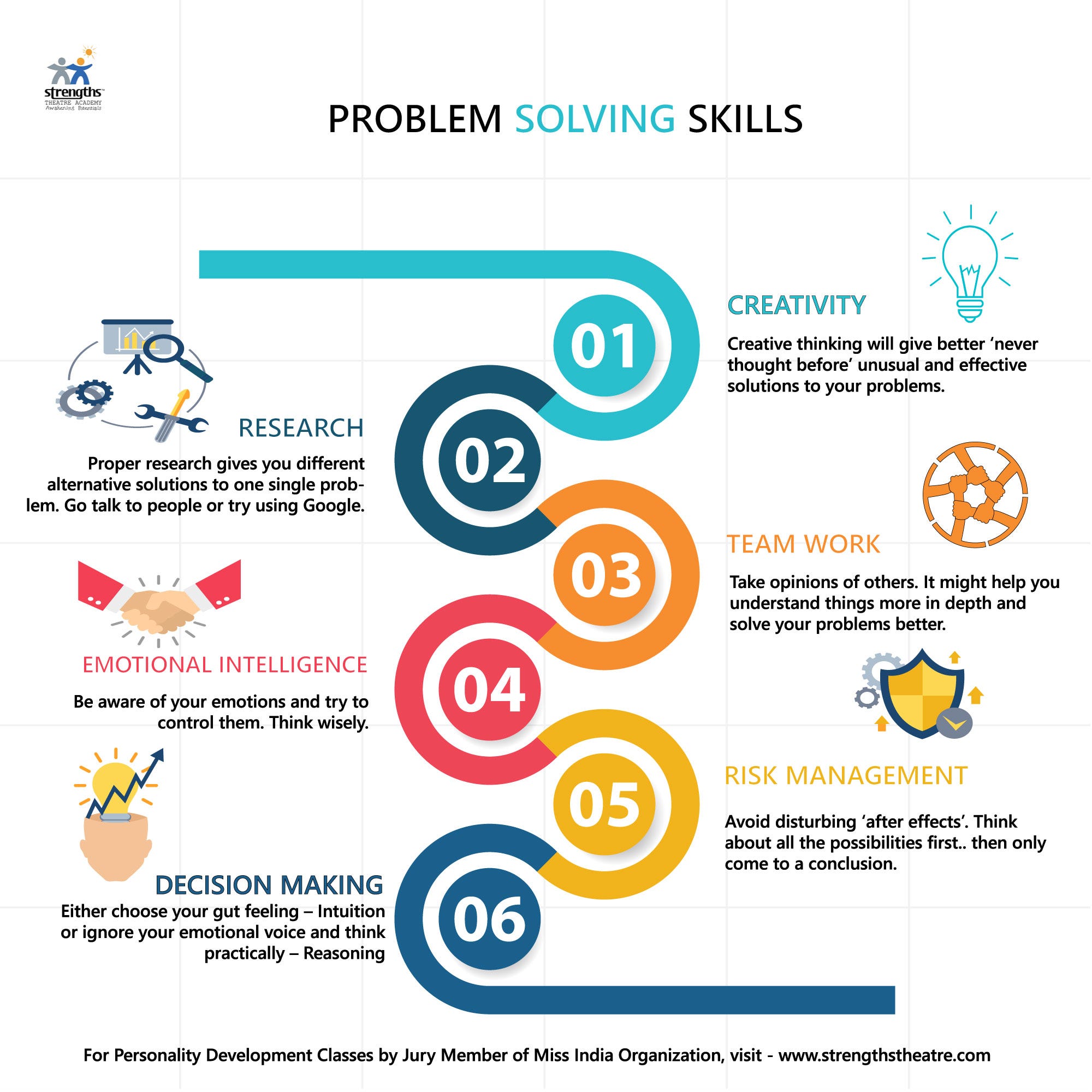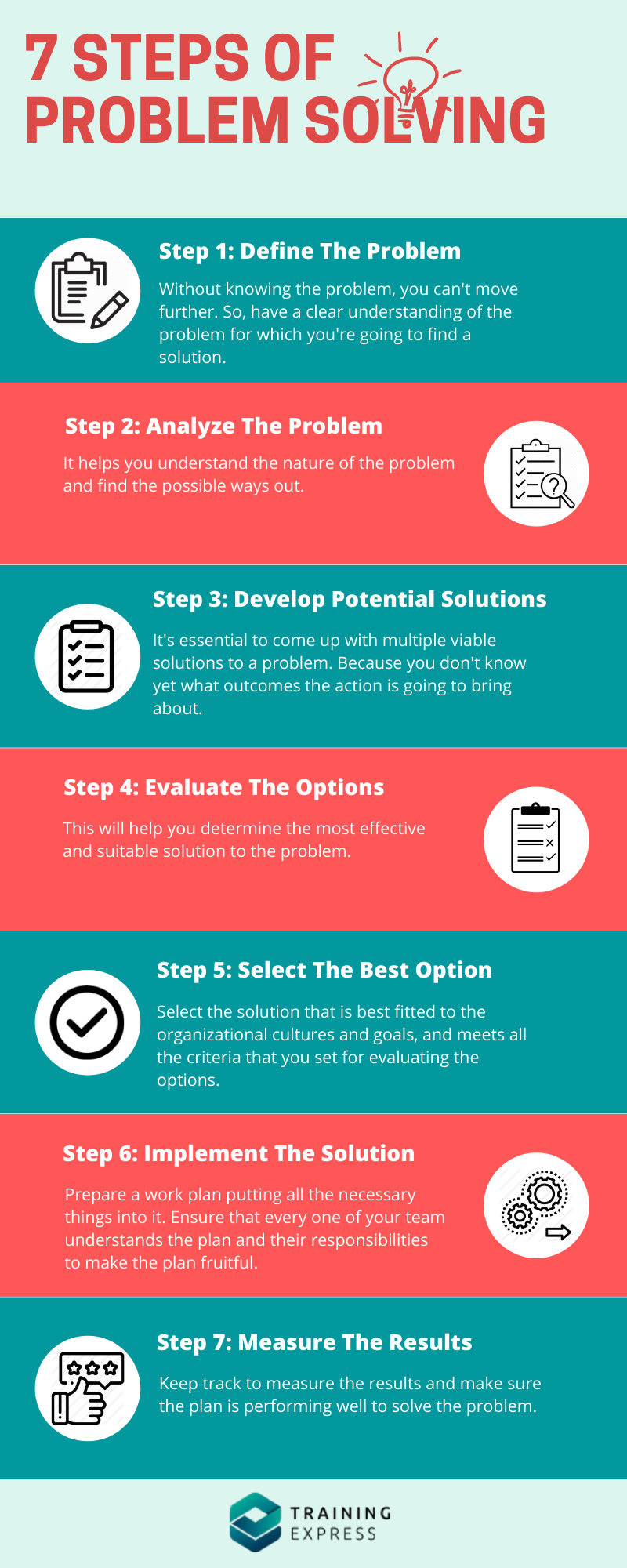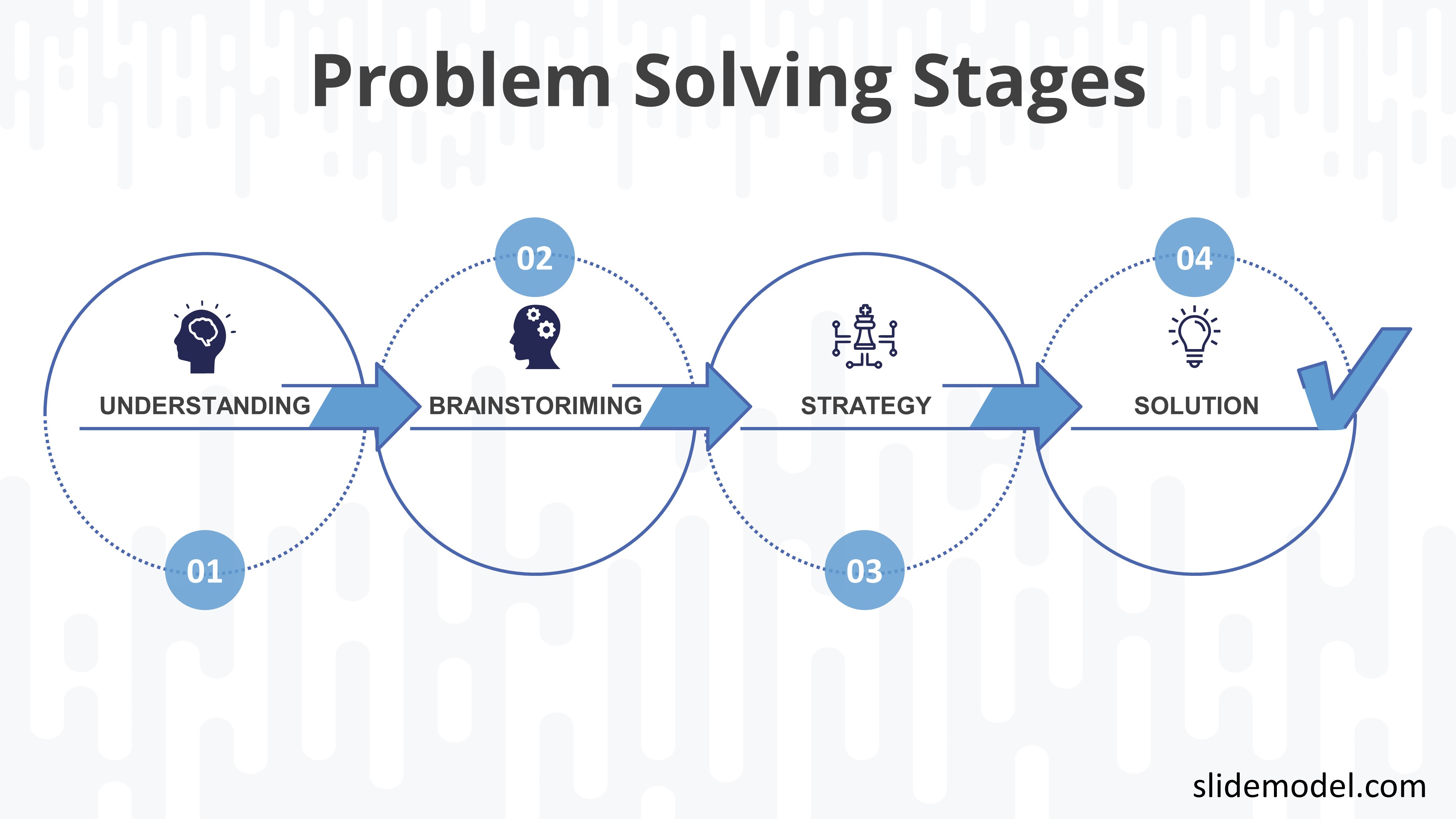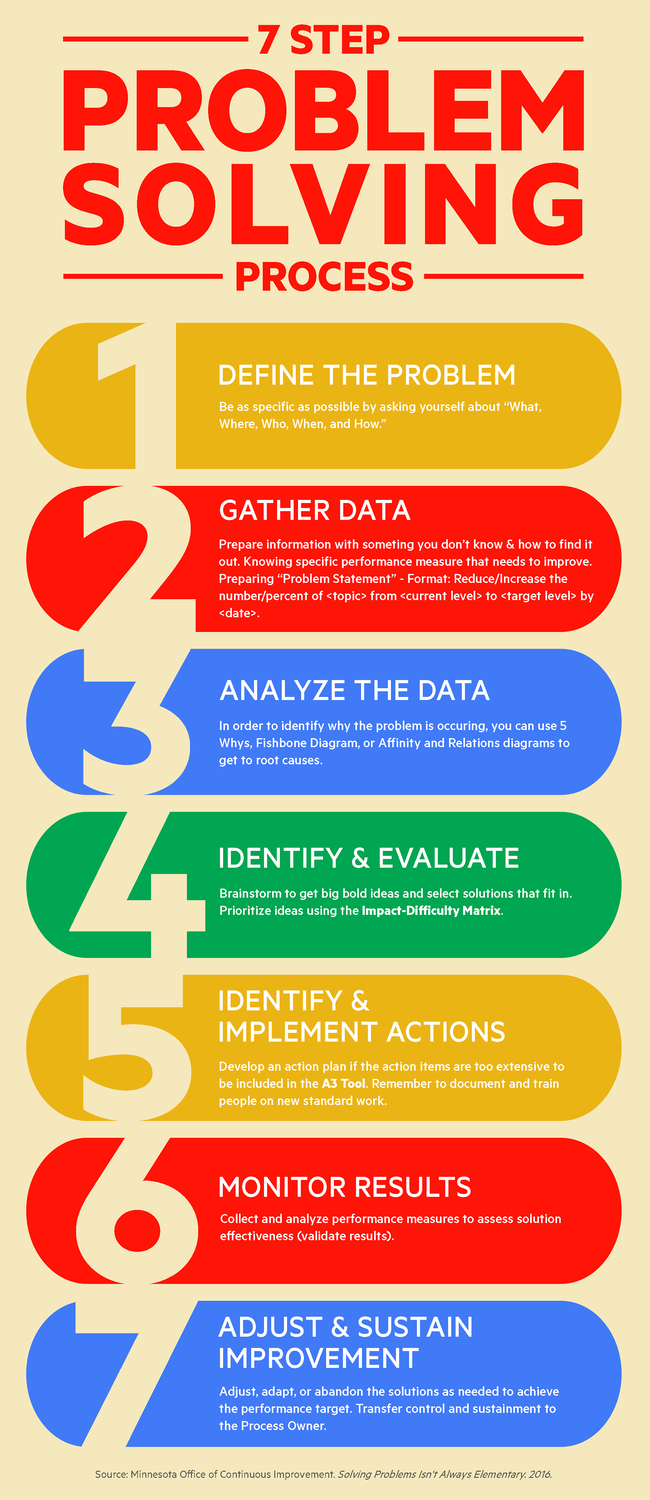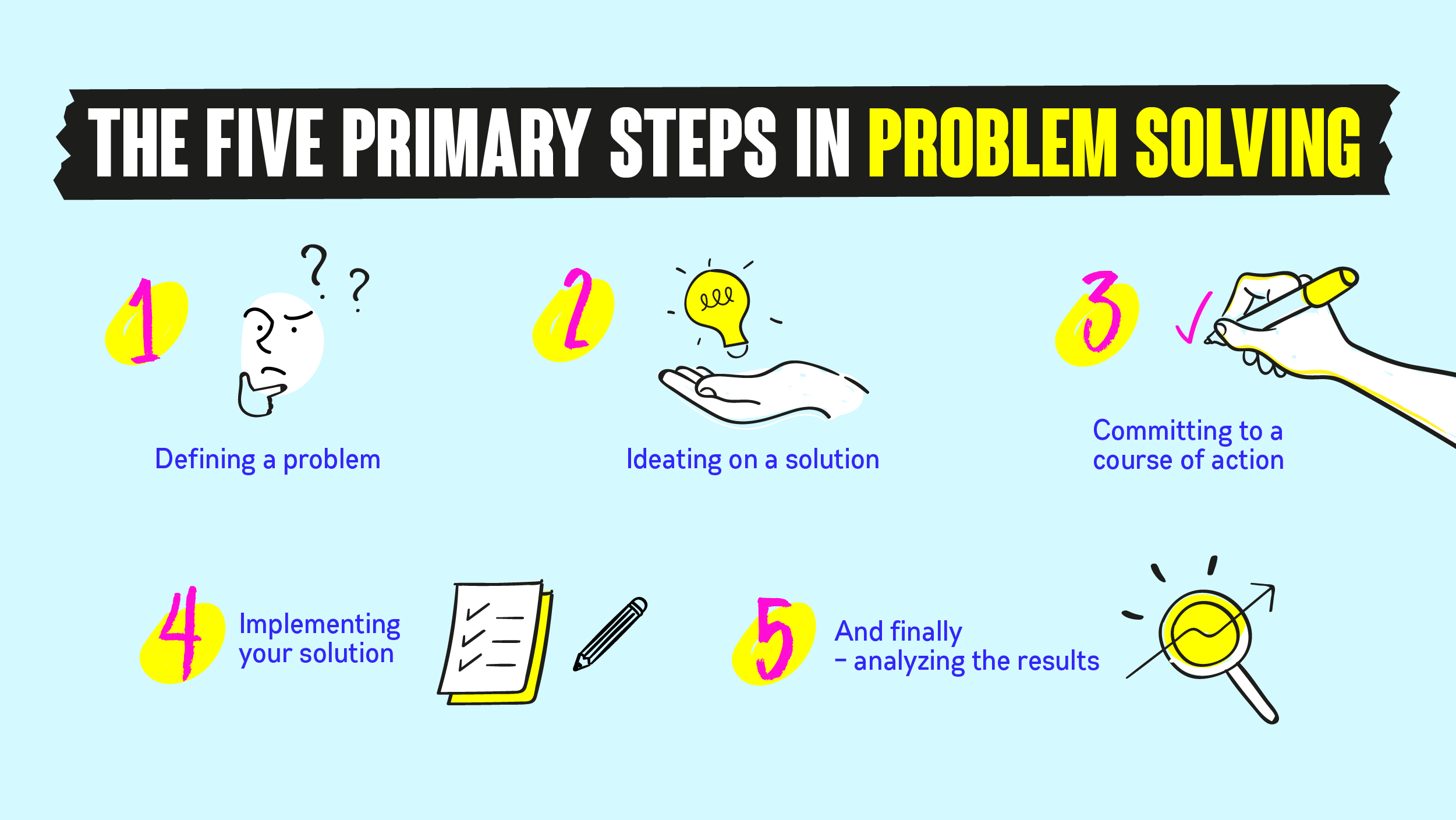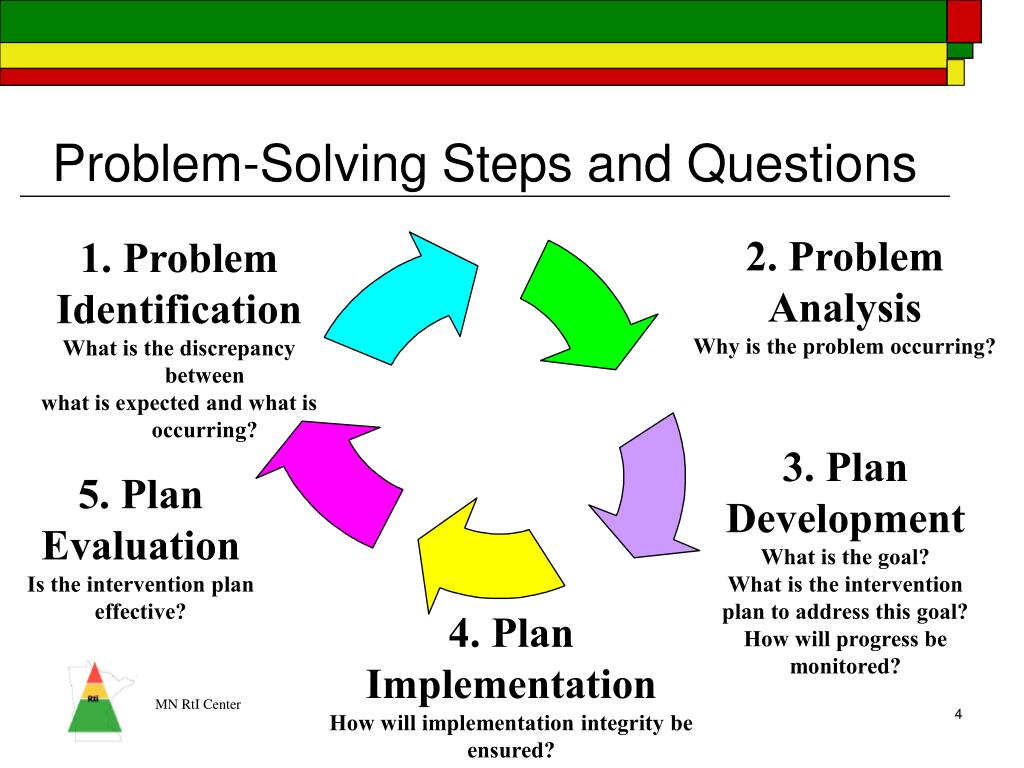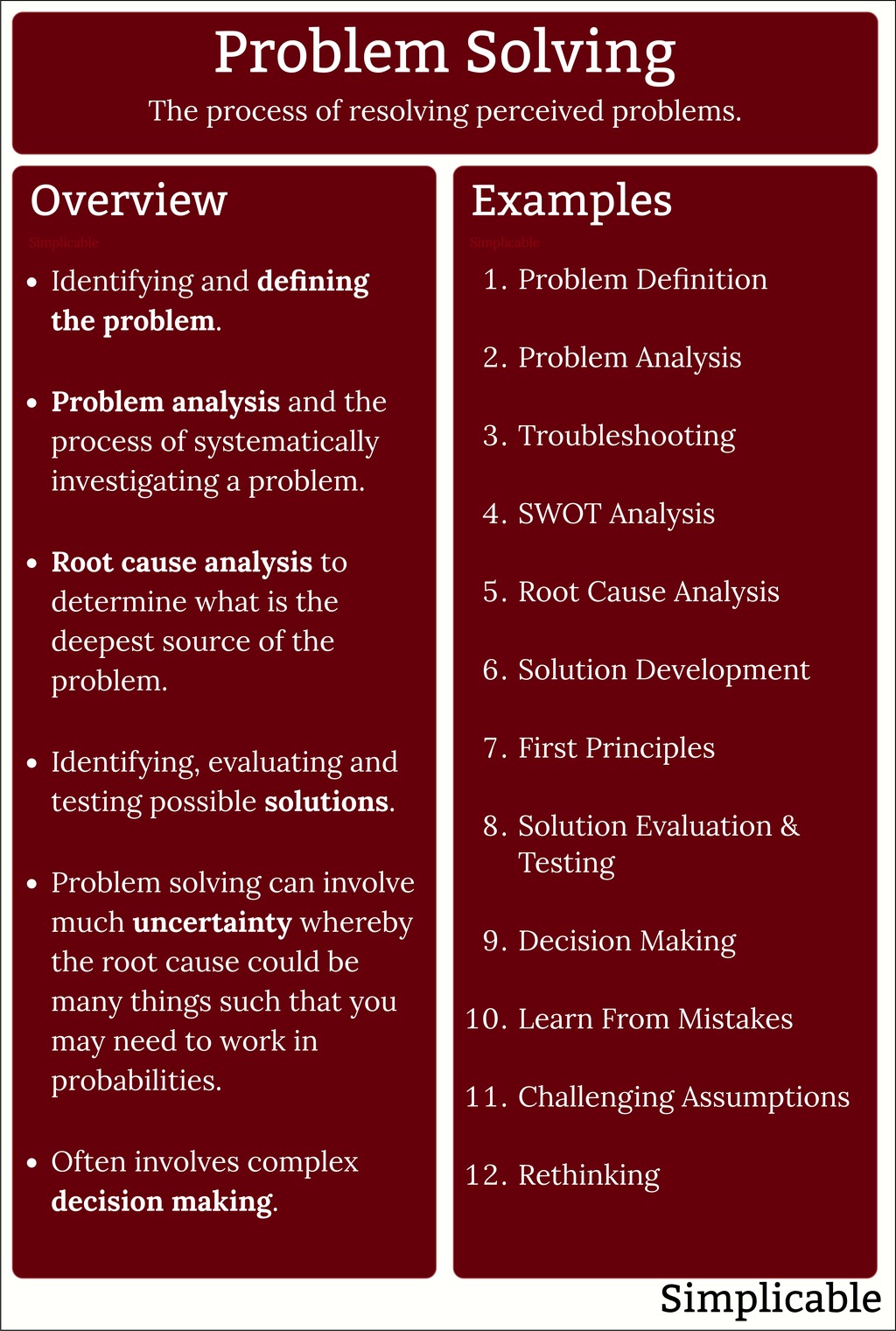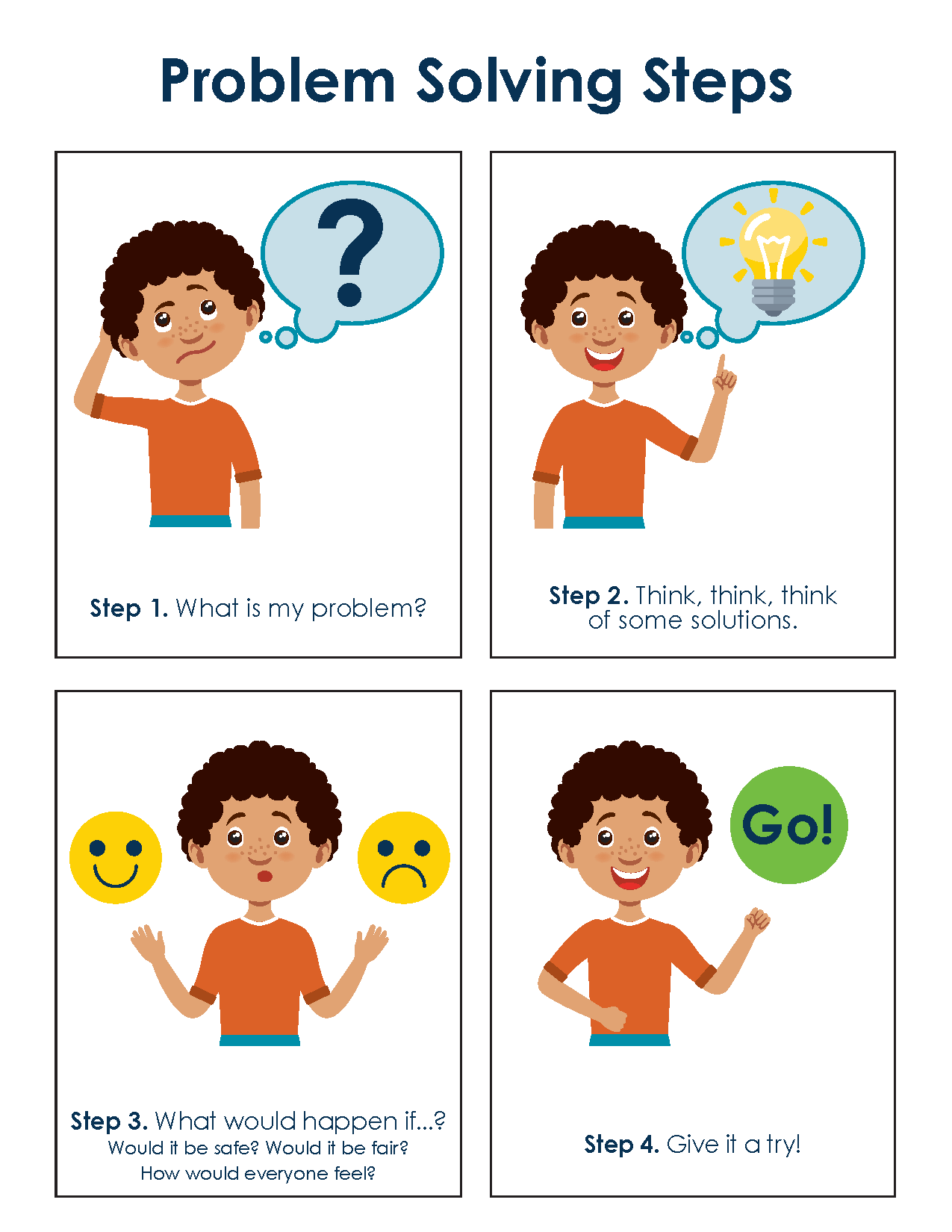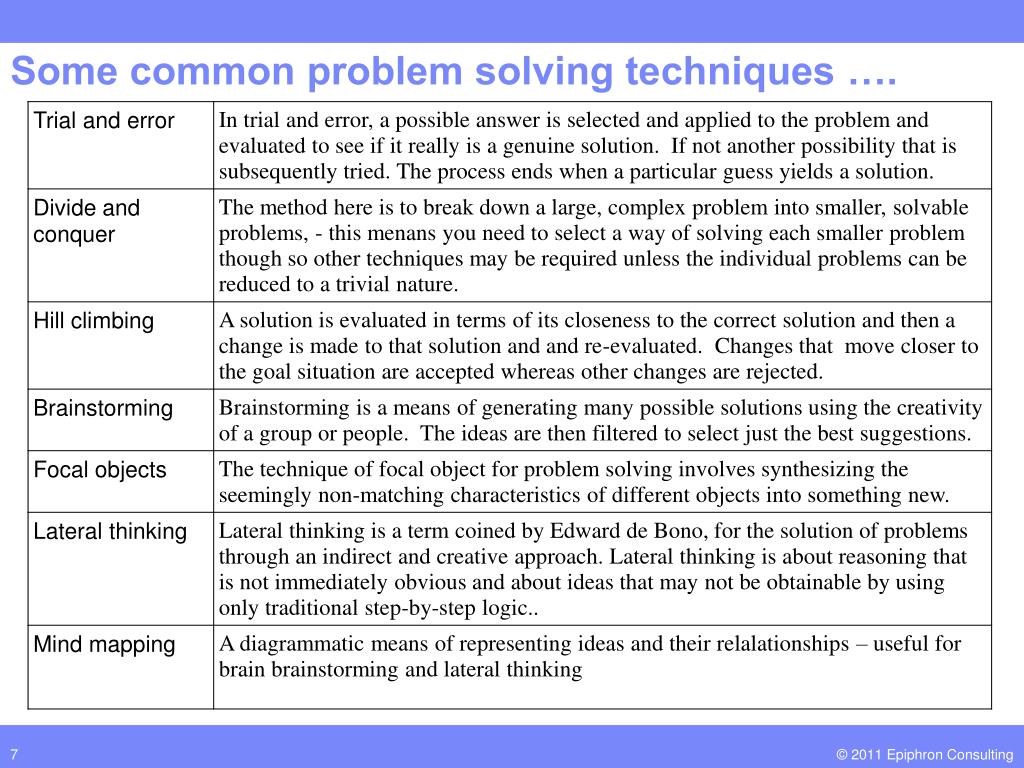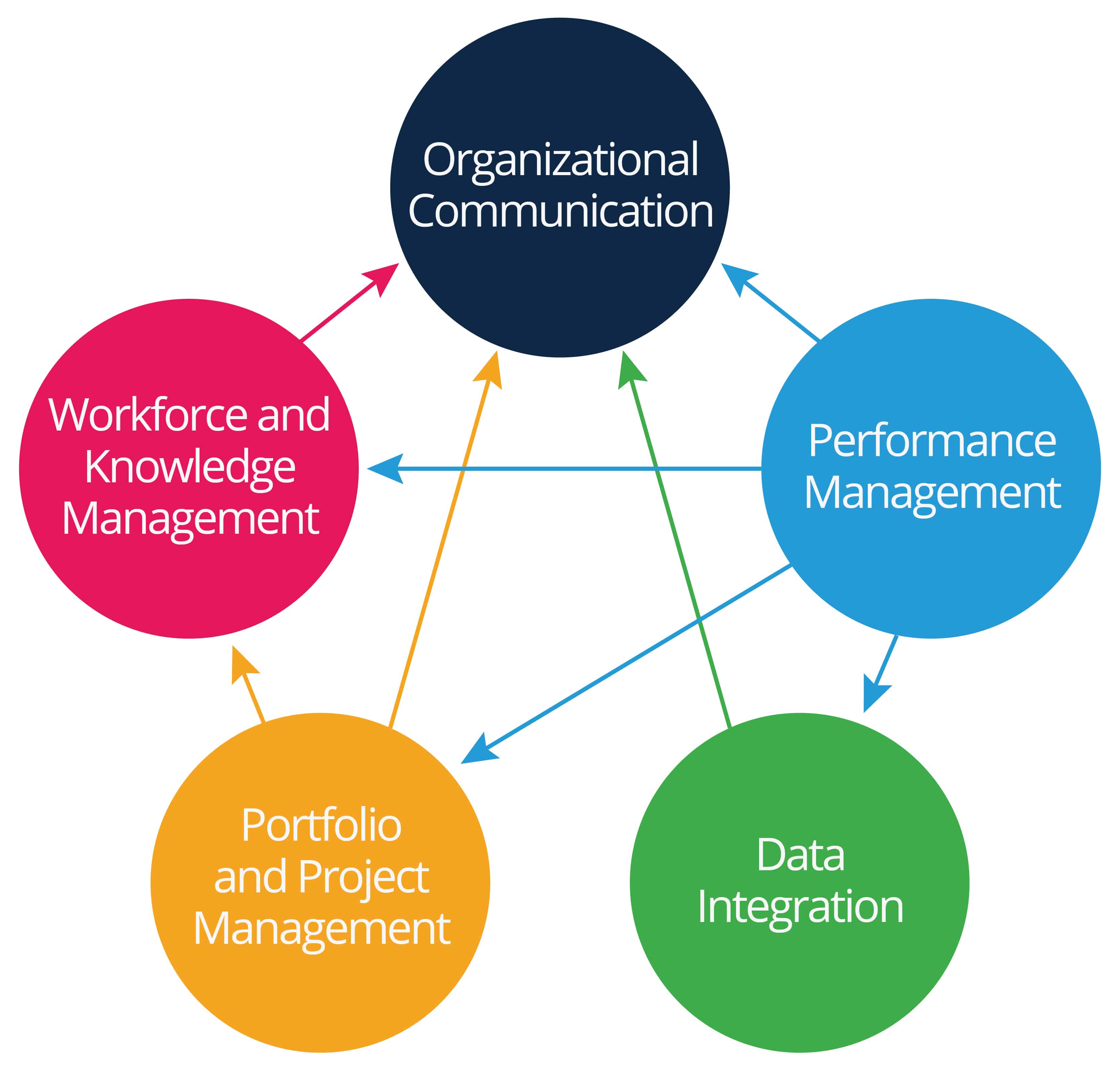Problem Solving Techniques Examples
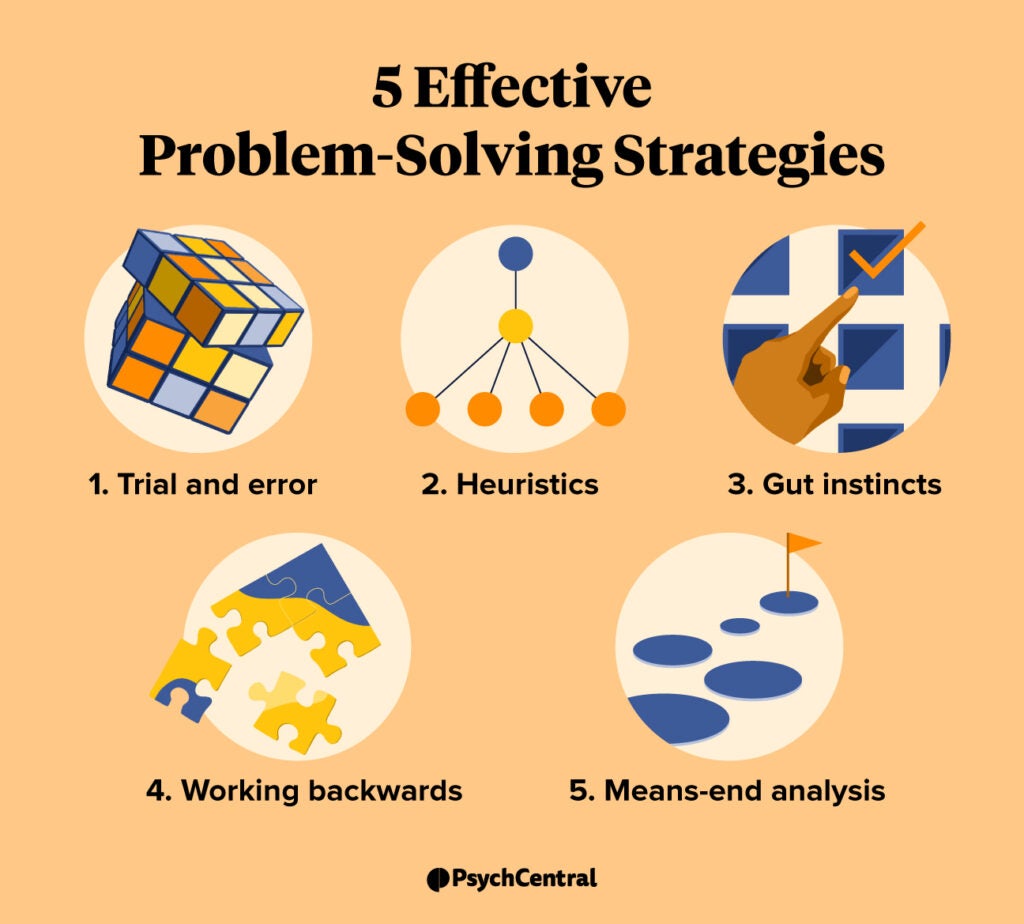
Imagine a tangled ball of yarn, vibrant and promising, yet frustratingly knotted. Each strand represents a piece of a problem, a challenge standing between you and your goal. Untangling it seems daunting, but with the right techniques, what was once a mess can become a beautifully woven creation.
In essence, effective problem solving isn't about magic; it's about employing structured approaches to dissect challenges, explore solutions, and implement the best course of action. These techniques are applicable in every facet of life, from personal dilemmas to complex business strategies.
Unraveling the Knots: A Look at Effective Techniques
The world of problem solving offers a diverse toolkit. Some techniques excel in creative brainstorming, while others are better suited for analytical assessment. Let's explore a few powerful methods and their applications.
The 5 Whys: Digging Deeper
Root cause analysis is crucial in effective problem solving. The "5 Whys" technique, popularized by Toyota, is a simple yet potent method.
By repeatedly asking "why" about a problem, you peel back the layers of symptoms to reveal the underlying cause.
For example, imagine a project is behind schedule. Asking "Why is the project behind schedule?" might reveal a lack of resources. Then, "Why is there a lack of resources?" might expose budget constraints. Continuing this process can uncover the true bottleneck, such as inefficient resource allocation or unrealistic initial estimates.
Brainstorming: Unleashing Creative Solutions
When faced with a complex problem, brainstorming encourages divergent thinking. It’s about generating a multitude of ideas without immediate judgment.
A classic brainstorming session typically involves a group of individuals freely suggesting solutions, no matter how outlandish they might seem initially. The goal is to build upon each other's ideas and create a fertile ground for innovation.
One practical application is in product development. If a company wants to improve a product, a brainstorming session can yield a wealth of potential features and enhancements. After the session, these ideas can be evaluated and prioritized based on feasibility and impact.
SWOT Analysis: Strategic Assessment
SWOT (Strengths, Weaknesses, Opportunities, and Threats) analysis is a powerful tool for strategic problem solving. It helps individuals and organizations assess their current situation and identify potential avenues for growth or mitigation.
By evaluating internal strengths and weaknesses alongside external opportunities and threats, you can develop a comprehensive understanding of the problem's context. This understanding is vital for formulating informed decisions.
For instance, a small business facing increased competition can use SWOT analysis to identify its unique strengths, address internal weaknesses, capitalize on emerging opportunities, and mitigate potential threats from competitors. This information can then be used to develop a targeted marketing strategy or adjust business operations.
The Pareto Principle: Focusing on What Matters Most
The Pareto Principle, also known as the 80/20 rule, suggests that roughly 80% of effects come from 20% of causes. In problem solving, this means focusing your efforts on the critical few factors that have the most significant impact.
By identifying these key factors, you can prioritize your resources and efforts to achieve the greatest results.
Imagine a company experiencing a high rate of customer complaints. Applying the Pareto Principle might reveal that 80% of the complaints stem from 20% of the product features or customer service processes. By addressing these specific issues, the company can significantly reduce overall customer dissatisfaction.
Design Thinking: Empathy-Driven Innovation
Design thinking is a human-centered approach to problem solving that emphasizes empathy, experimentation, and iteration. It involves understanding the needs of the users, generating ideas, prototyping solutions, and testing them rigorously.
The process often starts with deeply understanding the user's needs and pain points, followed by brainstorming potential solutions and creating prototypes to test and refine them.
For example, a hospital seeking to improve patient experience could use design thinking to understand the challenges faced by patients during their stay. By observing patient interactions, conducting interviews, and prototyping potential solutions, the hospital can identify opportunities to streamline processes, improve communication, and create a more comfortable and supportive environment.
The Art of Adaptation: Choosing the Right Tool
No single problem solving technique is a one-size-fits-all solution. The key lies in understanding the nature of the problem and selecting the appropriate tools. A complex, multi-faceted challenge might require a combination of techniques, while a simpler problem might be resolved with a straightforward approach.
Adaptability and a willingness to experiment are crucial for successful problem solving.
The ability to adapt your approach based on the evolving circumstances is what truly sets apart effective problem solvers.
Ultimately, mastering problem solving is about developing a mindset of curiosity, resilience, and a commitment to continuous learning. By embracing these qualities and honing your skills with various techniques, you can transform obstacles into opportunities and navigate the complexities of life with confidence.



